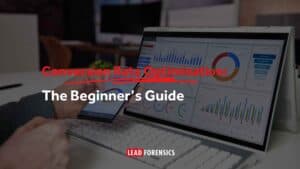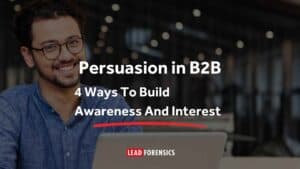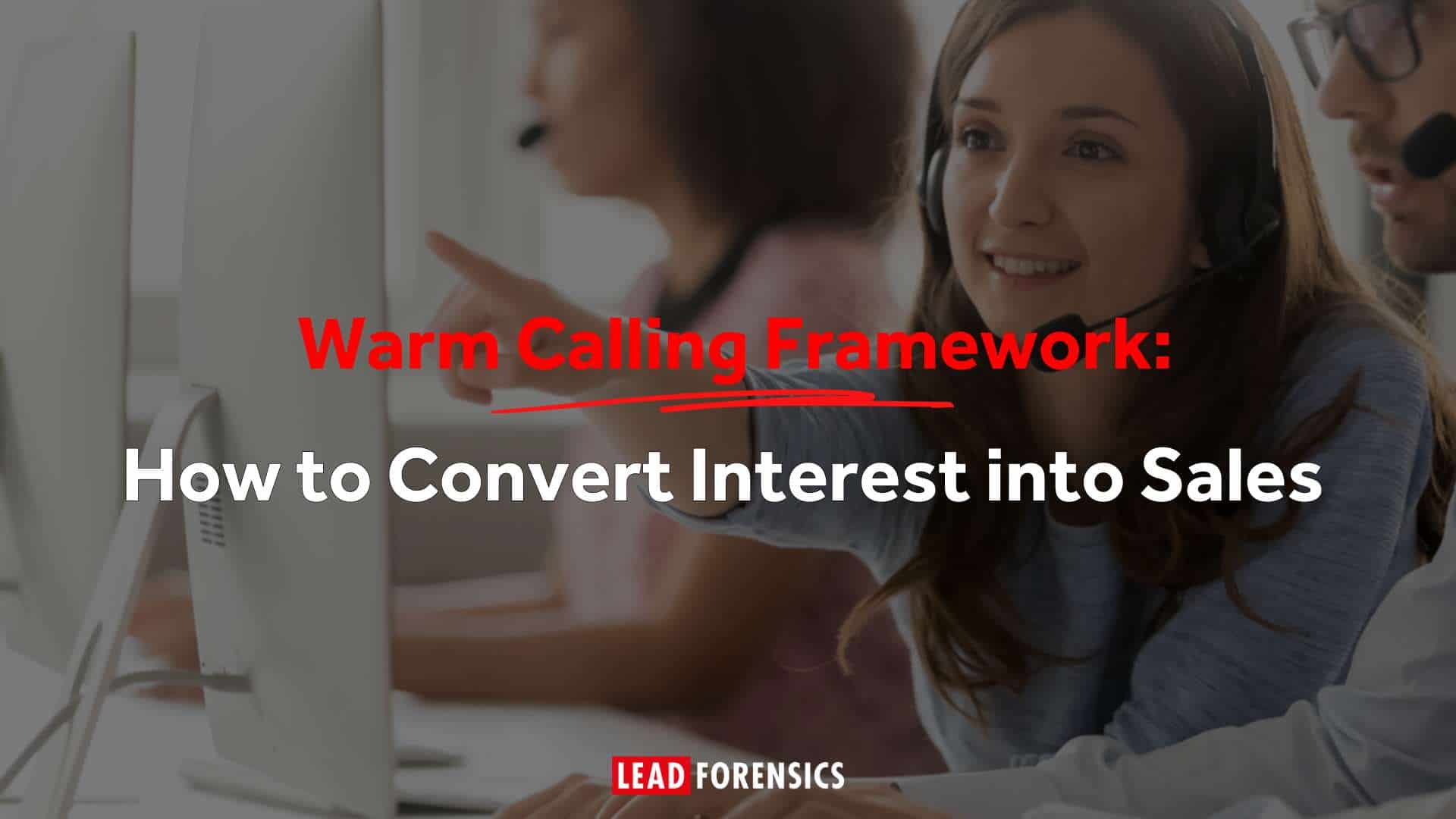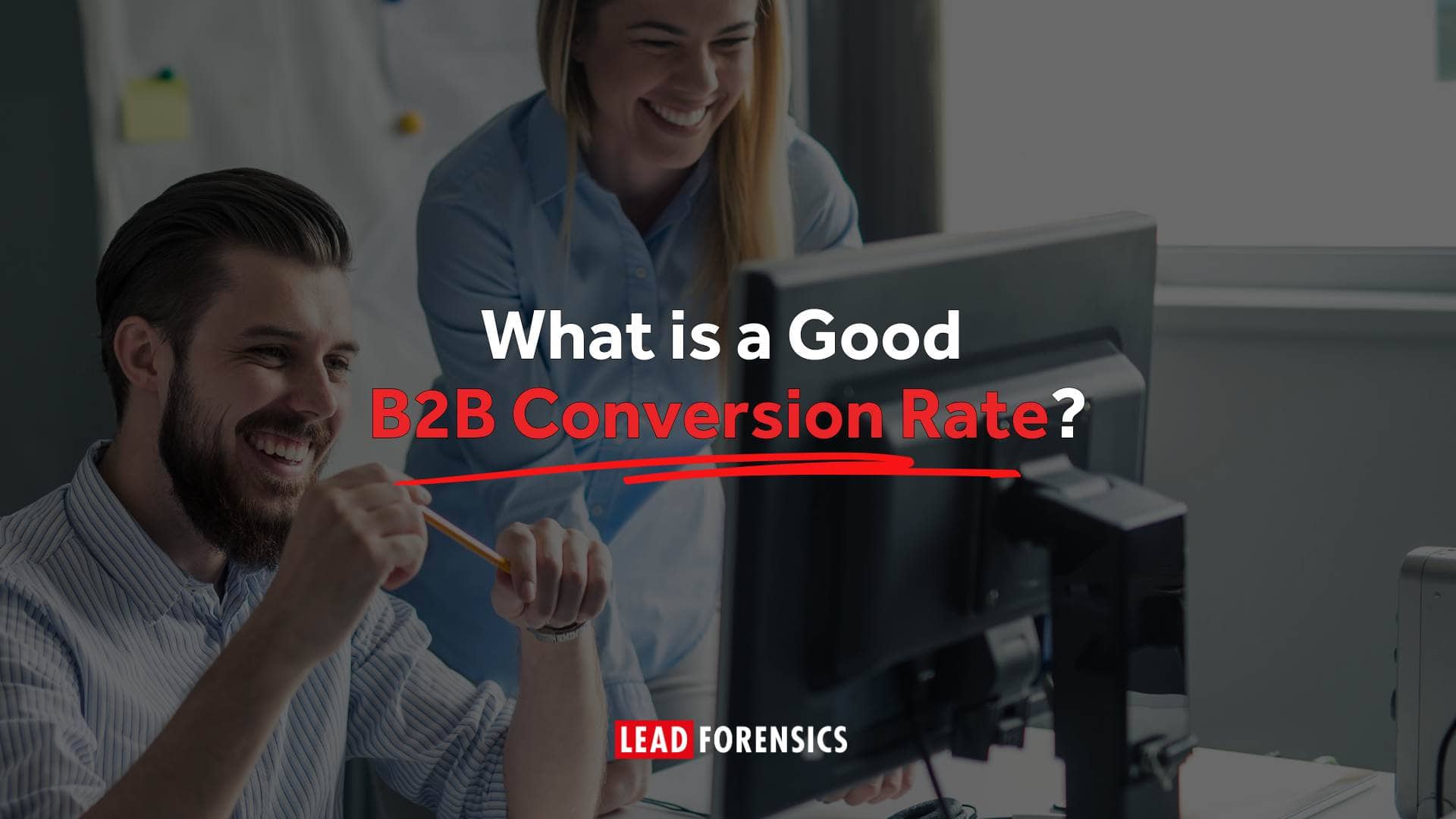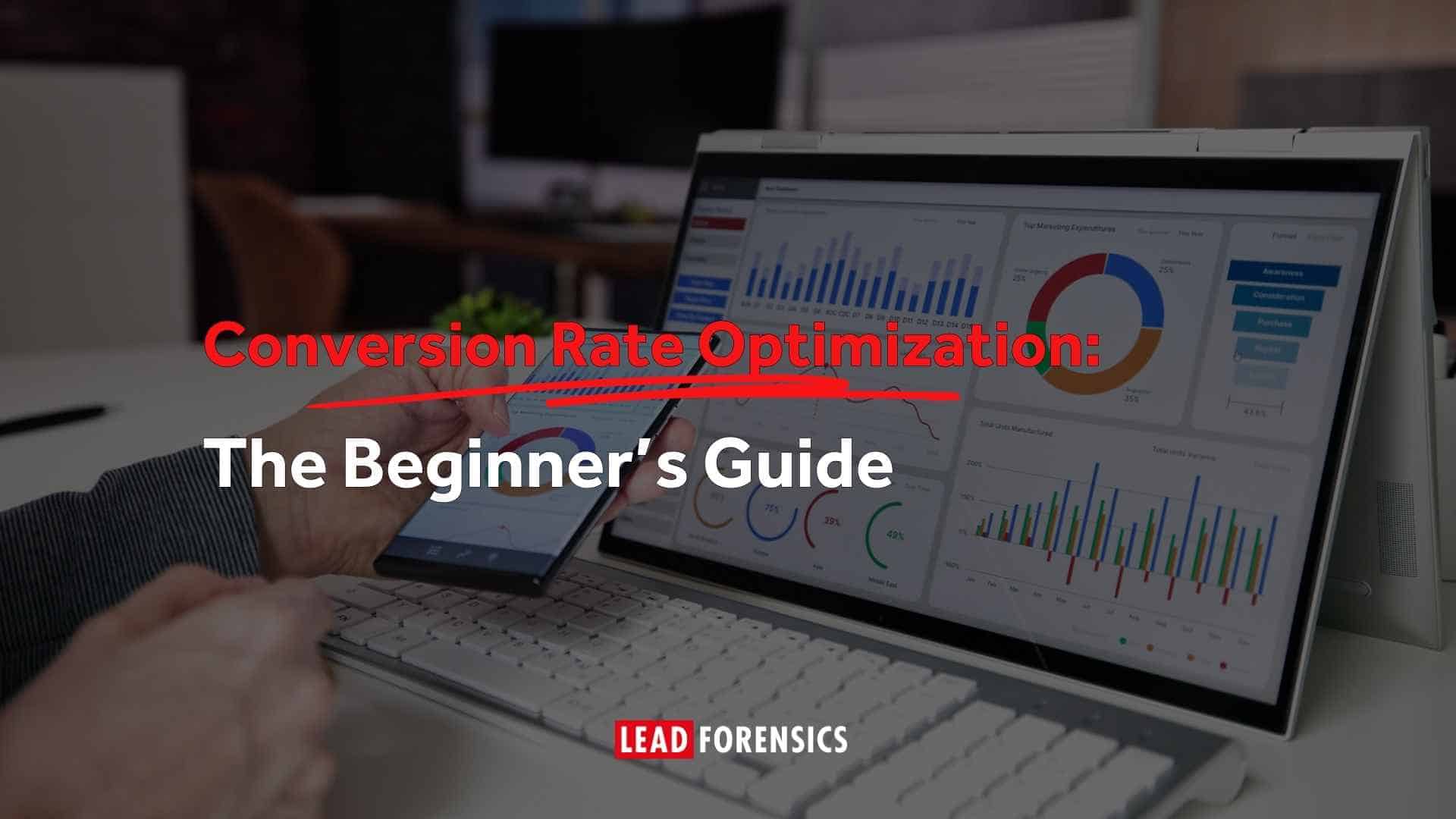In the world of marketing, we often use a number of terms interchangeably without clearly establishing their differences. With so much jargon, ever-changing tactics, and ‘the next big thing’ always on the horizon — it is easy to see why certain terms get mixed up.
‘Demand generation’ and ‘Lead generation’ are perfect examples of this. They look similar, sound similar, and both work hand-in-hand to help your business acquire new potential customers. But, there are distinct, important differences between the two processes.
While lead generation focuses on fueling the sales funnel, demand generation starts even earlier in the buyer journey. Let’s start by defining each of them.
Demand generation is all about raising awareness — or creating demand — for your product or service. This means building trust, enhancing your reputation, and essentially, making people want to do business with you.
Think content marketing — blog posts, email marketing, downloadable assets and more. All of these elements help position you as a thought leader — but while they create and generate interest, there should be no need for audiences to provide contact details at this stage.
According to the Demand Gen Report, 70% of marketers say their demand generation budgets will increase. If you don’t have a content strategy in place, you risk falling behind other marketers. And remember, content should be a part of your wider digital marketing strategy, so be sure to consider it from the outset.
Lead generation, on the other hand, is all about converting your audience into leads. This will involve acquiring contact details of engaged audience members that are likely to purchase from you in the future, getting them ready to move onto the lead nurturing process.
Think gated content, product demonstrations, webinars and free trials. It is no simple feat, however — according to State of Inbound, 63% of marketers say generating traffic and leads is their top challenge. When it comes to business development, implementing lead generation strategies is pivotal to a growing business.
Learn how to increase your lead generation and discover the software that will help you get the most out of your strategy.
What is market demand?
Market demand helps businesses understand how many buyers are willing and able to purchase a product or service at a particular price. For example, let’s say you sell a product for $10, and the size of the market for your product is 100 people.
If at $10, half of your customers would buy 1 of your products and the other half would not buy any, then the demand would 50 units within the specific timescale.
Next, let’s say the price was reduced to $5. If at $5, half of your customers would buy 2 of your products and the other half would buy 1, then the demand would be 150 units within the same timescale.
Essentially, it gives businesses an idea of the level of demand for their product within a particular market.
Demand generation marketing
Demand generation marketing is the process of identifying potential audiences that could be interested in your product and moving them through a process that will see them turn into a lead.
Audiences that engage with inbound marketing material, like free content and emails, for example, are expressing an interest in your product, service or business.
This helps qualify them early, ensuring they have a genuine likelihood to purchase from you in the future. Zoom Info found that almost half of B2B sales representatives stated lead quality and quantity as their top challenge.
Demand generation helps filter out those that are likely to churn further down the funnel, which can cause more problems and waste your teams’ valuable time.
Where does demand generation sit in the sales funnel?
Demand generation is the start of your potential customer’s buyer journey. Building credibility, making your brand known and ensuring that potential customers want to work with you is crucial. According to Status Labs, 90% of buyers have not made their mind up about a brand before starting their search.
So, it is important to create a brand that makes people want to cut their search short and convert into a lead — and, eventually, a buyer — as soon as possible.
By fueling the top of your sales funnel with potential customers that already know who you are, have engaged with your brand and trust you, the more likely they are to make it to the bottom of the funnel and become a high-quality customer.
Where should B2B organizations focus: demand generation or lead generation?
Your marketing strategy should be robust and all-encompassing. Businesses that use a combination of effective marketing tactics have more chances of engaging potential customers. Your demand generation strategy should work as a way to engage potential customers, draw them to your website, and encourage them to convert.
Use social media to promote your company blog and give users the option to sign up to an email newsletter. Complement a social selling strategy with educational, free content assets and encourage users to sign up to a webinar. Create engaging video content that links your viewers to request a product demonstration.
It is not a case of one or the other when it comes to demand generation vs lead generation. Instead, it is about doing both well, so they support each other effectively.
Demand generation and lead generation can be a long game. And since 98% of B2B website visitors don’t make an inquiry — businesses often miss vital opportunities to turn them into leads. With Lead Forensics, you won’t miss an opportunity again.
Consider supercharging your marketing strategies with high-quality lead generation software. Lead Forensics works by revealing the identity of your anonymous website traffic, helping marketers discover a bounty of engaged website leads.
The software notifies users in real-time, gives access to contact details of key decision-makers, and provides detailed user journeys. This way, marketing teams and sales teams can reach out to the right people at the right time — with engaging, relevant content or impactful sales calls.
Discover Lead Forensics and book your free demonstration today.





